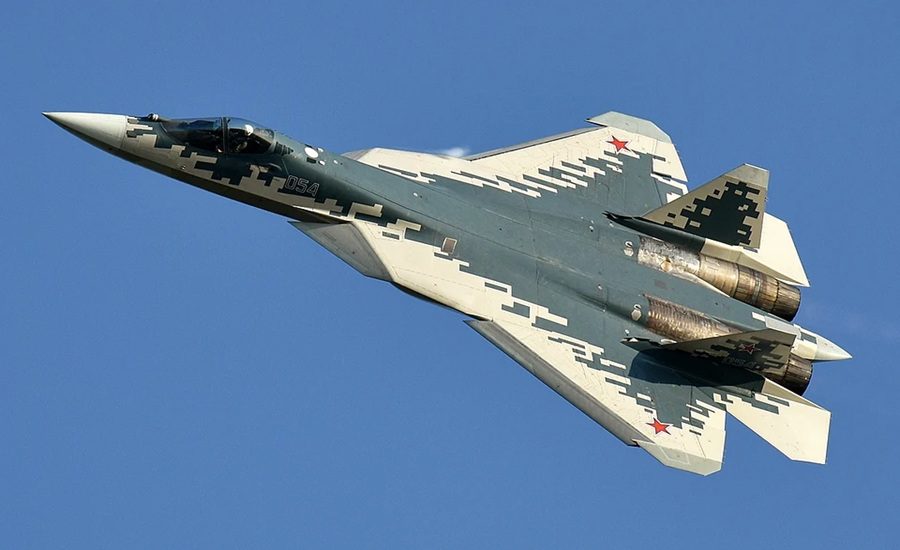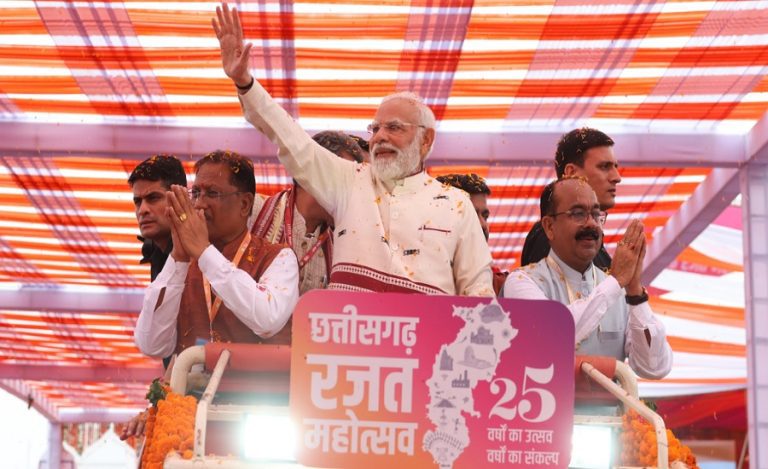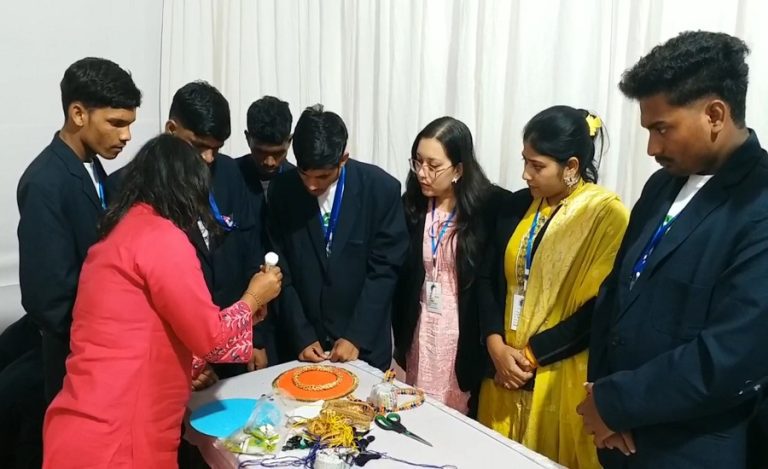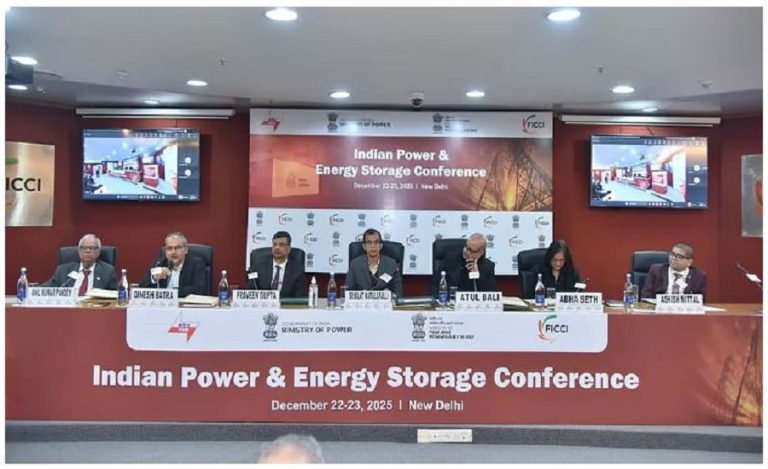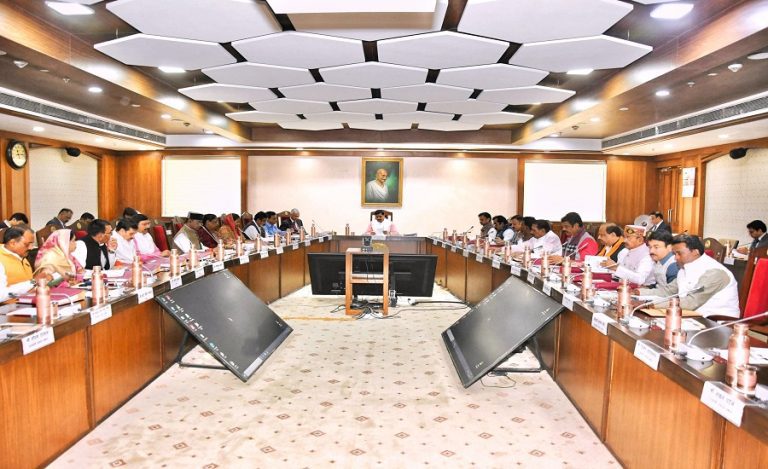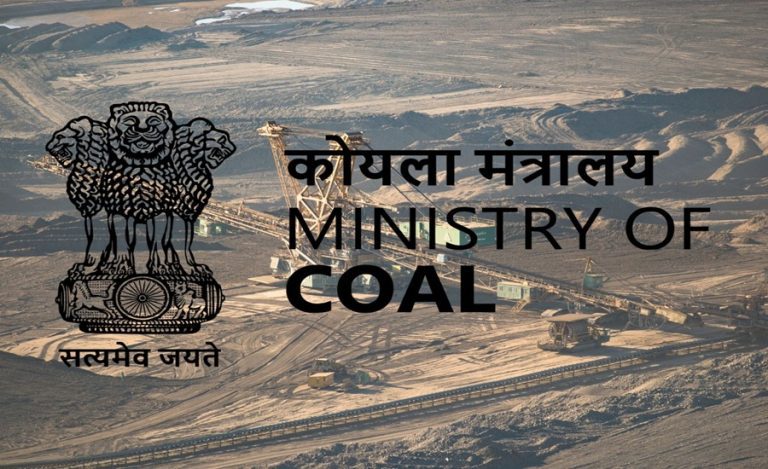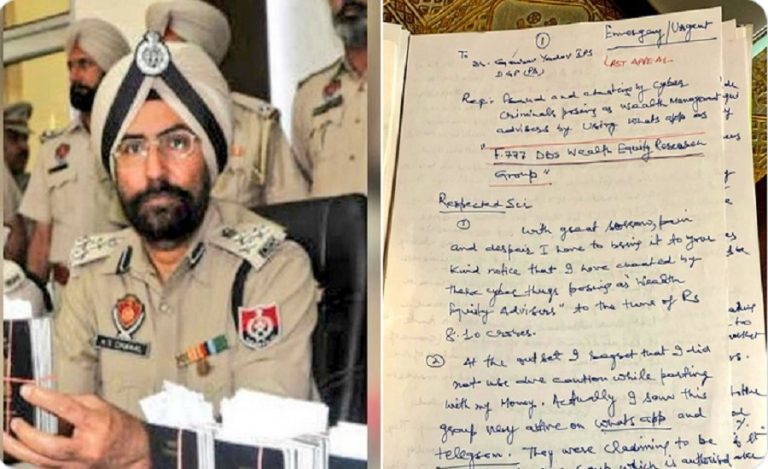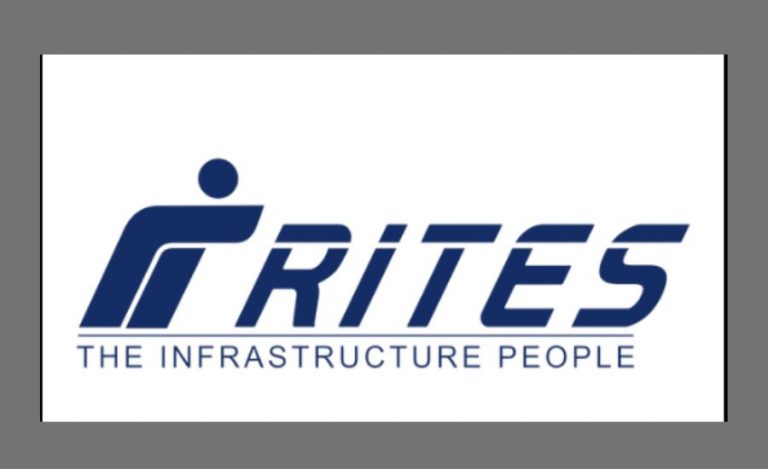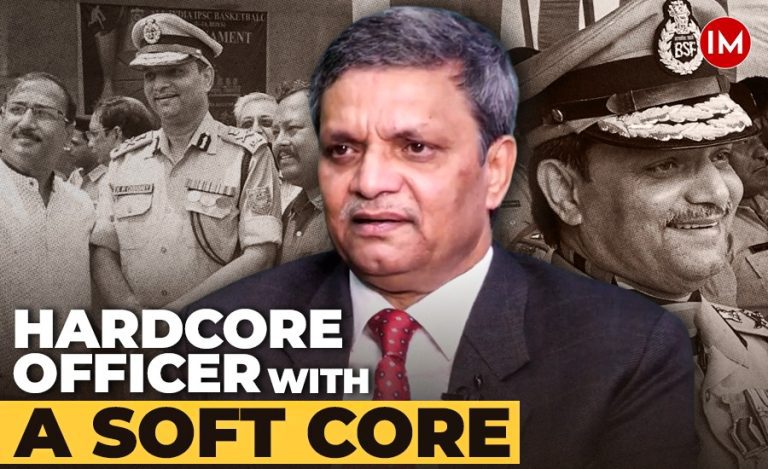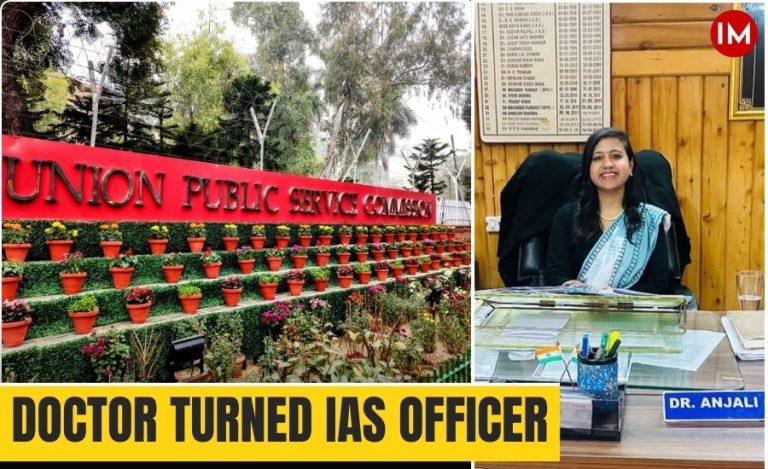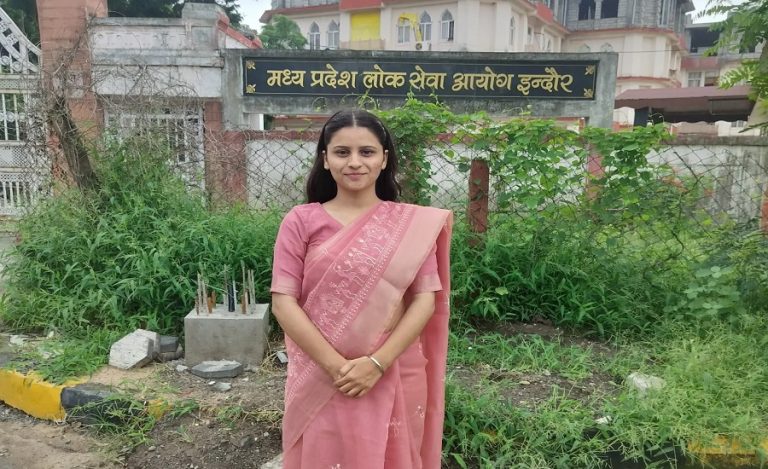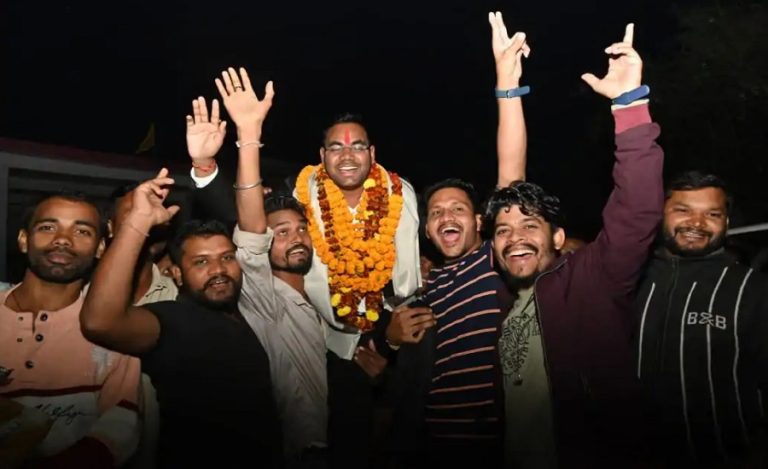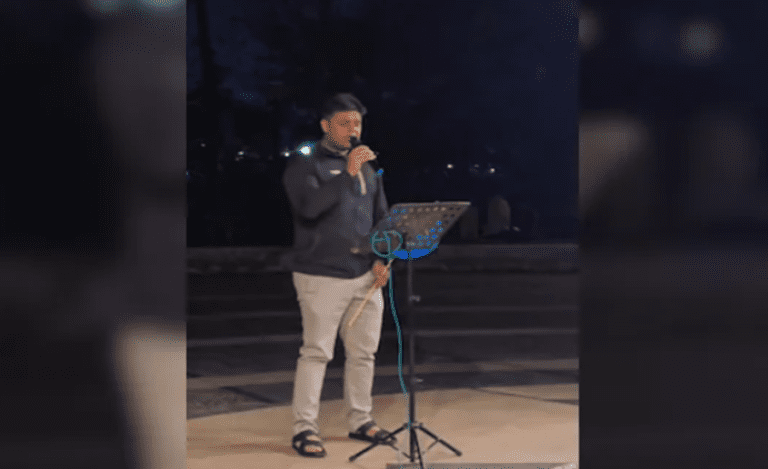New Delhi – India is closely examining a comprehensive proposal from Russia to supply and co-produce the fifth-generation Sukhoi Su-57E stealth fighter jet, a move timed strategically ahead of Russian President Vladimir Putin’s expected visit later this year.
The offer, extended through Russia’s state-run defence conglomerate ROSTEC and aerospace major Sukhoi, aims to address the Indian Air Force’s (IAF) urgent need for advanced combat aircraft. With its fleet strength falling to 31 squadrons—far below the sanctioned 42—and delays plaguing the indigenous Advanced Medium Combat Aircraft (AMCA) program, India is under increasing pressure to plug capability gaps.
Su-57E Deal, Co-Production and Deep Technology Transfer
At the core of the Russian offer is the immediate delivery of 20–30 Su-57E jets, which could quickly replenish IAF squadrons. These deliveries would provide a stop-gap boost while India builds its long-term production ecosystem.
Crucially, the proposal includes complete technology transfer and the co-production of the Su-57E at Hindustan Aeronautics Limited’s (HAL) Nashik facility. India’s experience in assembling Su-30MKIs at the same plant provides a strong industrial base for this collaboration.
In what is seen as an unprecedented step, Russia has also offered access to the Su-57E’s source code, allowing India to integrate indigenous technologies like the Astra beyond-visual-range missile and the Virupaksha AESA radar. This aligns with India’s twin goals of self-reliance under ‘Atmanirbhar Bharat’ and its broader ‘Make in India’ defence manufacturing vision.
Also Read: Strategic Push: India Lays Keel for Third Fleet Support Ship, Marking Major Boost in Naval Logistics
Su-35M as Interim Solution to Bridge the Gap
To meet the IAF’s immediate operational needs, Russia has bundled in the Su-35M, a 4.5-generation fighter jet. Up to 40 Su-35M aircraft could be delivered within three years, providing high compatibility with existing platforms and Indian missile systems.
This part of the offer ensures that India maintains air superiority as it waits for Su-57E production to ramp up. According to Russian officials, this dual-layered package offers India a unique opportunity to combine rapid force enhancement with deep industrial collaboration.
A Strategic Offer Amid Regional Airpower Shifts
The timing of the proposal is significant. China is rapidly expanding its stealth aircraft fleet, and reports suggest Pakistan may soon induct Chinese fifth-generation jets. For India, the Russian deal could serve as a technological bridge to the AMCA while also deterring regional threats.
Sources say the offer could result in the delivery of 60–70 locally produced Su-57E fighters by the early 2030s, a major leap in India’s aerospace capabilities. Russian officials have stressed their readiness to customize the aircraft for India’s operational requirements and to foster local defence industry growth.
Talks at Preliminary Stage, US F-35 Also in Consideration
Indian officials have confirmed that discussions with Moscow are ongoing, though no final decision has been made. The Defence Ministry is expected to issue a Request for Proposal (RFP) for the AMCA program soon, but is also keeping options open with both Russia and the US.
While the American F-35 remains an alternative, Indian defence experts note that the platform comes at a higher cost and with limited scope for local integration or industrial collaboration compared to the Russian proposal.
If cleared, the deal would mark a significant deepening of Indo-Russian defence ties, unlocking pathways for joint production, technology sharing, and even third-party exports from Indian manufacturing lines.
The final contours of the proposal are likely to be influenced by high-level meetings during President Putin’s visit and India’s broader strategic calculations on defence preparedness, industrial self-reliance, and regional deterrence.

